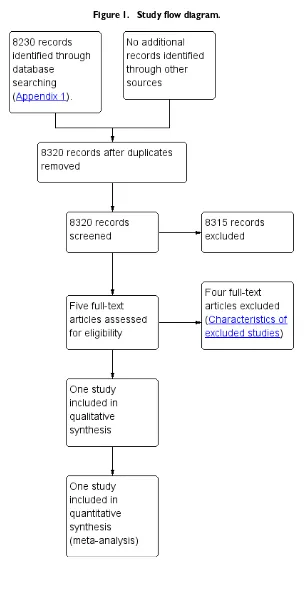High versus standard volume enteral feeds to promote growth in preterm or low birth weight infants
Full text
Figure




Related documents
This retrospective study demonstrated that aggressive early simultaneous amino acid administration with breast milk feeding was associated with improved weight gain and
This study suggests that higher protein and energy intake during a critical period is advantageous for preterm infant growth and body composition because it increases weight
These findings suggest that in healthy preterm infants with birth weight greater than 1,500 g, high bilirubin levels carry little risk, whereas a serum bilirubin level greater than
supplementation on necrotizing enterocolitis in very-low-birth- weight preterm infants: a double-blind, randomized, controlled trial. The American journal of
Indomethacin for Treating Patent Ductus Arteriosus in Very Low Birth Weight Randomized Trial of Prolonged Low-Dose Versus
Very low birth weight (VLBW) infants are at high risk of carnitine deficiency when receiving parenteral nutrition or unsupplemented infant formulas, such as soy-based preparations..
Despite a similar nutrient intake at advised levels for preterm infants, gains in body weight (g) and forearm bone length (cm), bone area (BA; cm 2 ), bone mineral content (BMC;
Early versus late erythropoietin for preventing red blood cell transfusion in preterm and/or low birth weight

